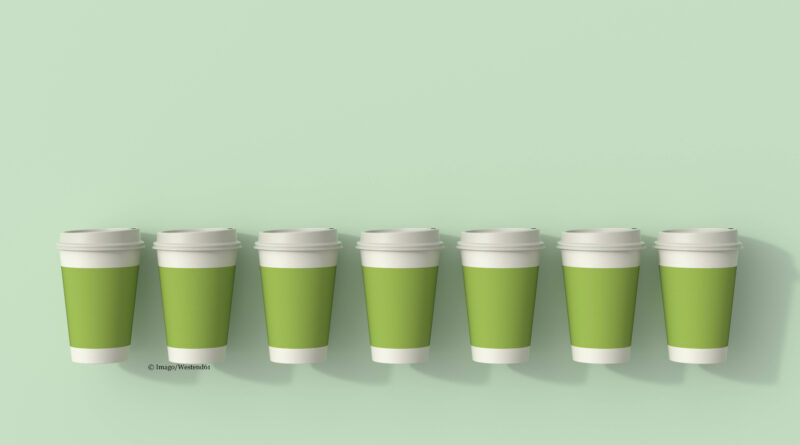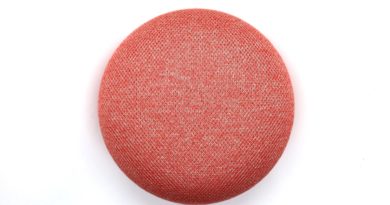Inflation Increases Interest in Sustainable Packaging
Although inflation is putting a financial strain on people in Germany, two out of three consumers attach importance to sustainable packaging, according to a study by management consultants Simon-Kucher & Partners. One in three even more so than before the crisis. According to the study, most consumers would also pay more – an average surcharge of eight percent.
Inflation and the energy crisis are not slowing down interest in sustainability, they are increasing it. According to the Simon-Kucher packaging study, around one in three (31 percent) has been paying more attention to sustainable packaging since the beginning of the crisis than before.
Sustainability is crisis-proof
The proportion of those who have not been dissuaded from their already positive attitude toward sustainable packaging is also remarkable. Even in times of skyrocketing supermarket prices, 43 percent still attach importance to such offers. Only 13 percent are paying less attention to packaging in the tight economic climate. “Sustainability in product packaging is crisis-proof,” says Dr. Daniel Bornemann, Partner & Head of Simon-Kucher’s Global Packaging Practice.
Therefore, the best time to invest is right now, he adds. As a result, 72 percent are willing to spend more for a sustainably packaged product, he says. On average, eight percent. “In inflation, such a gain can be crucial. Especially when you consider that almost one in ten is willing to pay a premium of 20 percent or more,” Bornemann explains. “Companies must not ignore the immense monetization potential. Especially, since the majority’s willingness to pay relates to the end product and packaging costs are usually only a small part of that.”
Investments pay off especially for food
While consumers pay particular attention to packaging when it comes to processed foods (43 percent), fresh foods (31 percent) and beverages (22 percent), it plays only a minor role when it comes to electronics, household appliances and online shopping (11 percent each). However, this cannot be an excuse, he said. “The demand for sustainable packaging is steadily increasing. Those who are not yet feeling the pressure must not rest on their laurels, but must specifically address the issue,” says Bornemann.
Unpackaged more important than carbon footprint
But what do consumers mean by sustainable packaging? A large proportion would prefer no packaging at all or as little packaging as possible (35 percent). If there is packaging, it should be biodegradable (36 percent) and recyclable (26 percent) or made from recycled materials (23 percent). Only 14 percent pay attention to a good carbon footprint. “It’s all about easily visible factors. Companies need to consider this in product development and marketing,” emphasizes packaging expert Bornemann.




